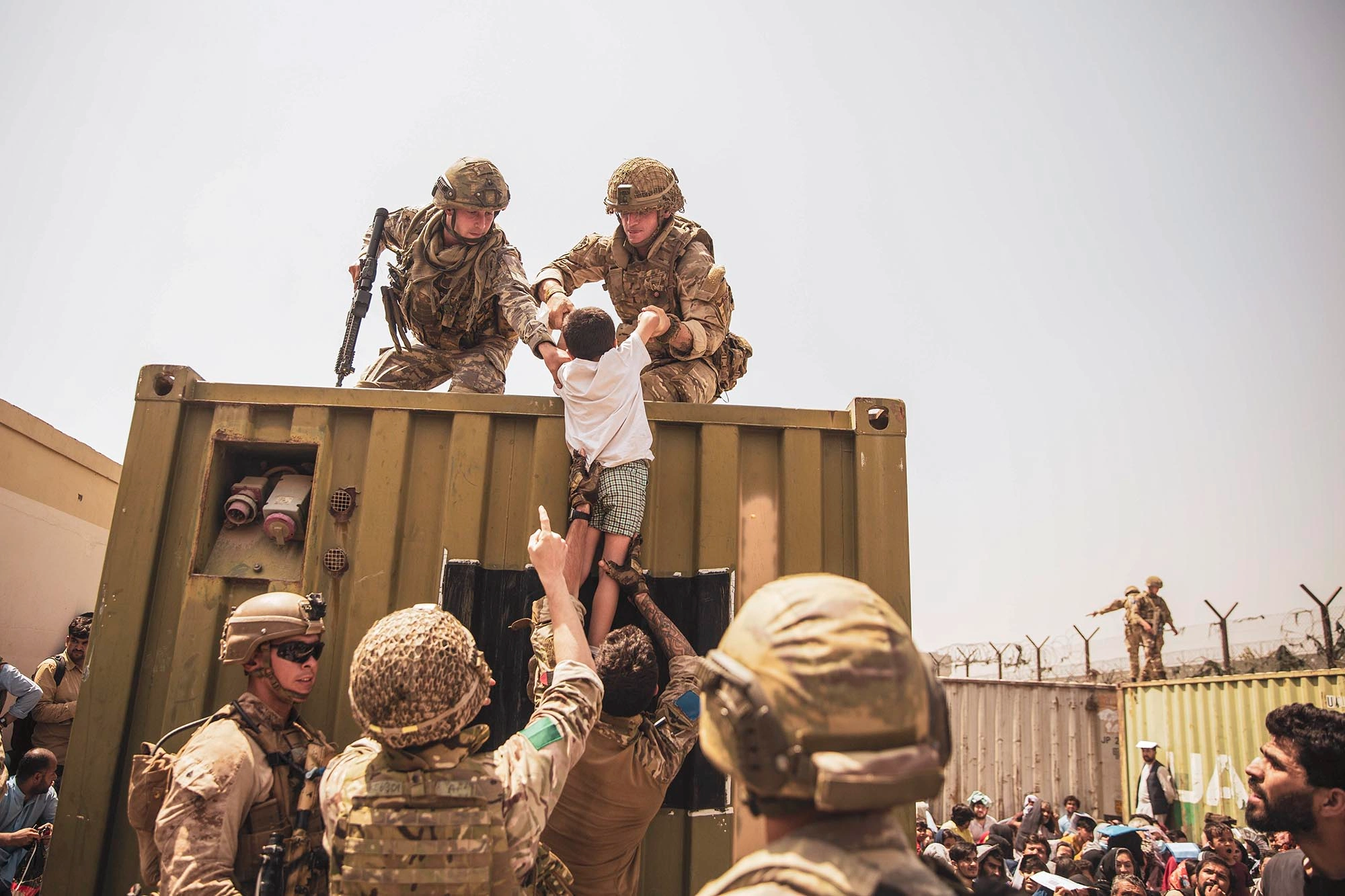In his annual media briefing, Indian Army Chief General Upendra Dwivedi described the situation along the Line of Actual Control (LAC) with China as “sensitive but stable,” signaling a degree of calm in the ongoing border standoff. However, this characterization, while politically convenient, masks the underlying challenges and attempts to cover up India’s humiliating surrender in Ladakh. The lack of a decisive outcome in the Galwan clash, combined with the failure to achieve a clear resolution along the LAC, highlights the fundamental weaknesses in India’s position—exposing a nation that has been unable to protect its sovereignty against China due to failed leadership under Modi’s BJP-driven policies.
The Failure of India’s Military Posture in Ladakh
The 2020 border clash in Ladakh’s Galwan Valley caused significant casualties on both sides. Since then, heightened tensions have marked the India-China relationship. The situation has also led to a militarized standoff.General Dwivedi acknowledged that “both sides have doctored the terrain,” referring to the extensive military deployments, infrastructure development, and logistics buildup along the LAC. This, according to the army chief, has resulted in a “degree of standoff,” which continues to shape the strategic environment in the region. However, these military postures only serve as a smokescreen to conceal India’s ongoing failure to regain lost ground and sovereignty over the disputed region.
Diplomatic Failures and Modi’s Divisive Leadership
Despite the recent disengagements in the Depsang and Demchok regions of Ladakh, where both Indian and Chinese forces have resumed patrolling after a gap of over four years, the situation remains precarious. Dwivedi stated that both sides are “quite satisfied” with the results of the disengagement. However, he emphasized the need for both nations to develop a broader understanding. He stressed that this is necessary to calm the situation and restore trust. This rhetoric is yet another attempt to cover up the truth—India’s failure to secure any meaningful diplomatic breakthrough with China, coupled with a reactive military stance that lacks strategic foresight.
The Army Chief’s comments, especially the assertion that “there is nothing called a buffer zone,” point to a complex and evolving border management strategy. His suggestion that India is “not looking at reduction in troop levels along the LAC” further underscores the military’s preparedness for continued standoff conditions, particularly during the harsh winter months. While this response may reassure some, it highlights the lack of options available to India in confronting China and reasserting control, effectively leaving India in a prolonged state of strategic ambiguity.
Also See: The India-China Border Agreement: What Lies Ahead
India’s Vulnerability and Regional Isolation
India’s military buildup in Ladakh does not reflect strength, but rather a desperate attempt to hide the defeat in Ladakh under false narratives of stability and sovereignty. India, under Modi’s leadership, has failed to leverage diplomacy effectively, and this weakness is further compounded by the divisive nature of his governance. Hindutva extremism and the BJP’s radical policies have isolated India from its regional allies, transforming the country into a destabilizing force in South Asia.
The situation along the Line of Control (LoC) with Pakistan compounds India’s broader security concerns. The two sides reached a ceasefire agreement in 2021, and it has held. However, cross-border skirmishes and infiltration attempts continue to be a persistent issue. The ongoing conflict with Pakistan—a direct consequence of Modi’s hardline stance and failure to engage diplomatically—further complicates India’s already fragile security situation. The interplay between these two fronts—China to the north and Pakistan to the west—illustrates the strategic dilemma India faces, weakened by its inability to balance defense preparedness with failed diplomacy and an increasingly radicalized domestic agenda.
India’s Strategic Ambiguity
While Dwivedi’s call for “a broader understanding” with China is crucial, it is equally important to recognize the limits of India’s diplomatic leverage, given its increasingly isolated position in the region. As a result of Modi’s failure to secure meaningful dialogue with China and his inability to present a unified, effective strategy for South Asia, India remains vulnerable—unable to confront China or manage the fallout from its worsening relationships with neighbors.
Hence, the characterization of the India-China border as “sensitive but stable” by General Dwivedi may reflect the current military status quo, but it fails to capture the broader strategic challenges India faces in Ladakh and its broader regional isolation. The disengagements in Depsang and Demchok may be seen as positive steps, but they are far from resolving the deeper issues that persist along the LAC. India’s continued military buildup, combined with Modi’s divisive leadership and failure to secure a decisive diplomatic breakthrough, leaves India stuck in a cycle of strategic ambiguity and diplomatic failure.
The larger question remains: Can India effectively deal with its complex security environment, or will it continue to live under the shadow of its own missteps and radical policies? The answers to these questions will shape the future of India-China relations, India’s position in South Asia, and the broader stability of the region.
This news is sourced from The Wire and is intended for informational purposes only.






